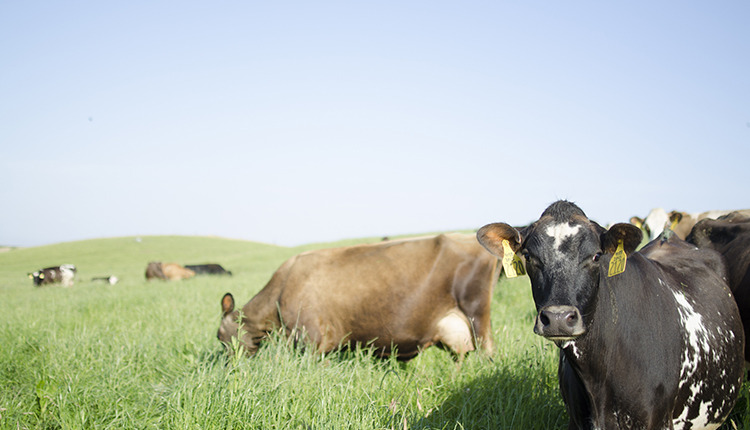
The author is farm financial analyst emeritus with the University of Wisconsin Extension Center for Dairy Profitability.
Financial stress on dairy farms is expected to rise before the end of 2016. As everyone knows, 2014 was a year of outstanding economic performance for most dairy farms in the U.S. Since then, conditions have worsened for most dairies.
Net Farm Income from Operations (NFIFO) per cow for Minnesota confinement herds declined by about 75 percent from 2014 to 2015, as shown in the table. NFIFO is the result of subtracting all costs but the opportunity cost of unpaid family labor, management, and equity from total farm income.
The five-year average NFIFO for these herds is about double the 2015 level. The decline in NFIFO per cow is similar in Wisconsin and has been even more dramatic in the Western states and in New York.

The decline for nonorganic graziers was about 70 percent. In contrast, NFIFO per cow for the Minnesota organic herds doubled from 2014 to 2015. The average milk price for the Midwest organic herds actually rose about $3 per cwt. from 2014 to 2015. It also appears that organic feed prices declined a bit more than conventional feed prices.
Lower milk prices will make 2016 even more stressful for conventional dairy producers, and pressure is also building up to lower organic milk farm prices. This year should be better than 2009, but in years like 2009, when profit margins are thin to negative, farms that are best able to cope with the financial stress are the ones with the highest levels of solvency. Farms that have high levels of assets with minimal debt are best able to survive because they can convert some of their solvency into liquidity by borrowing money to pay expenses on time.
June 27, 2016







